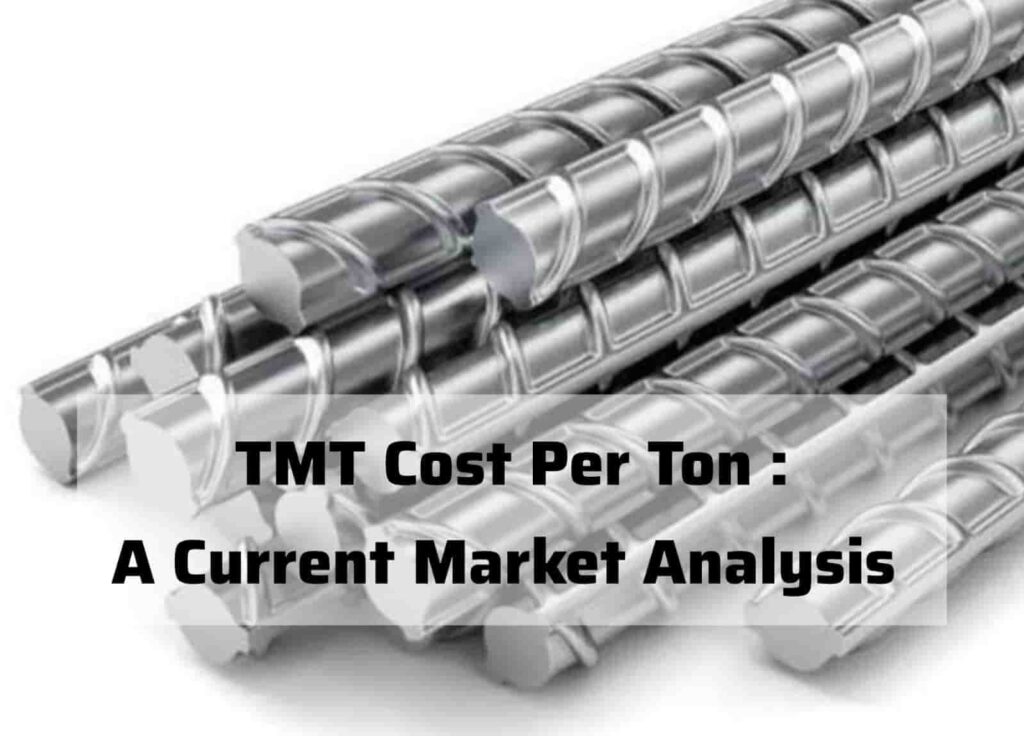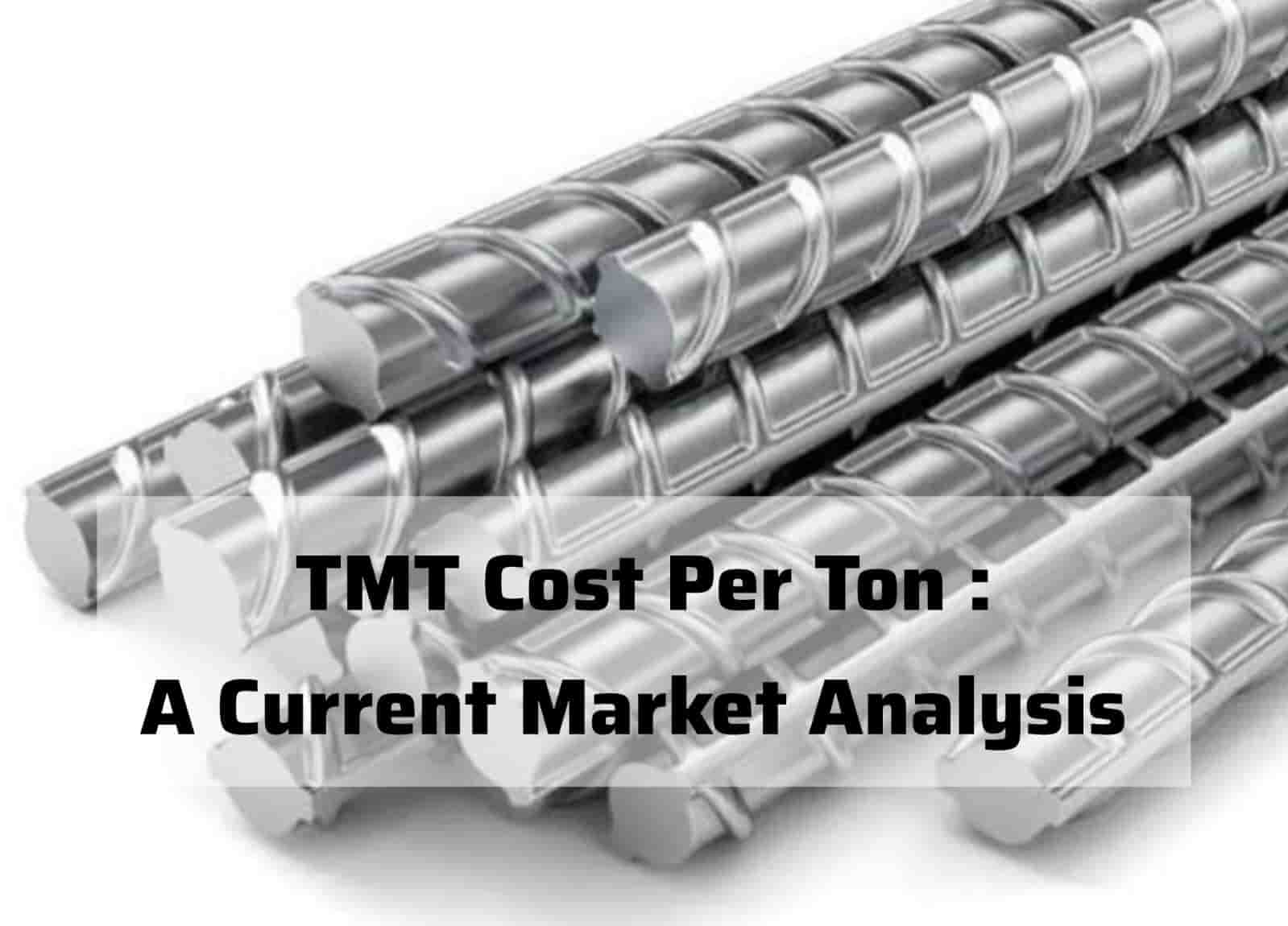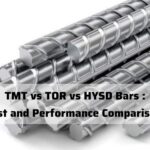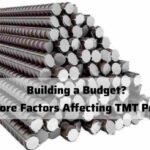The Indian steel market for TMT bars as of May 2024, is going through a stage of relative calmness. Prices maintained their regular trend throughout March 2024, in comparison to the fluctuating market in the year before.

Global Steel Market: Global steel prices have been slightly declining in 2024, but still are over the pre-pandemic levels. The same effect emerges in the TMT steel market of India.
Domestic Demand: The construction indeed stays in the process in India. The ongoing infrastructure projects and growing housing demand bear witness to this. This ever-lasting demand creates a stable market environment for TMT steel prices.
Production Capacity: Indian steel manufacturers have been increasing their production capacities over the past couple of years, which is meant to keep the demand met and the price hikes moderate.
Government Initiatives: Having been supported by the Indian government through the infrastructure development together with the pricing stabilization policy, the market is now stable.
It is necessary to point out that the TMT bar rates may differ from city to city due to several local factors such as transportation costs, regional demand variations, and the presence of specific steel manufacturers in a particular area.
City | Average Price per Ton (INR)
Delhi | 71,000 – 73,000
Mumbai | 72,000 – 74,000
Bangalore | 66,000 – 68,000
Kolkata | 68,000 – 70,000
Chennai | 65,000 – 67,000
These prices are illustrative and may differ depending on the type and grade of TMT and, the amount purchased.
Additional Considerations:
Bulk Purchases:Acquiring better prices from suppliers due to the buying of bulk or long-term contracts can be considered a cost-saving strategy.
Seasonal Trends: TMT steel prices may slightly fluctuate during the year due to different seasons, as well as demand, and production.
Quality and Certification: Although price is the main factor you should consider, don’t omit quality and BIS certification while you are choosing TMT bars. Unqualified bars are the basis for chronic problems and an increase in repair expenditures.


